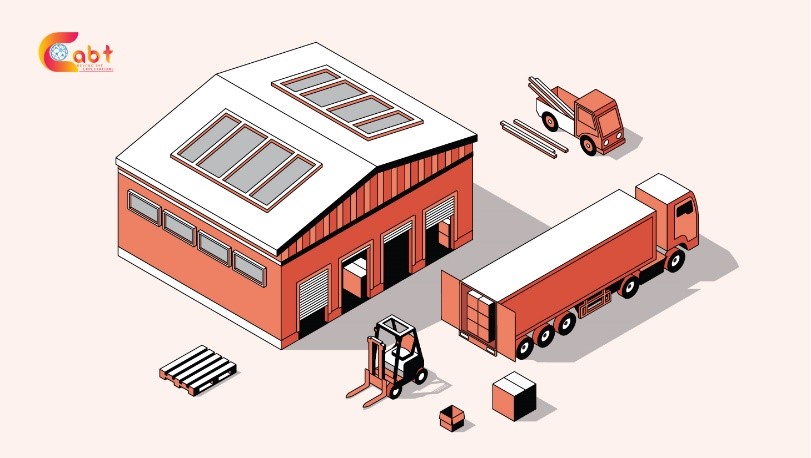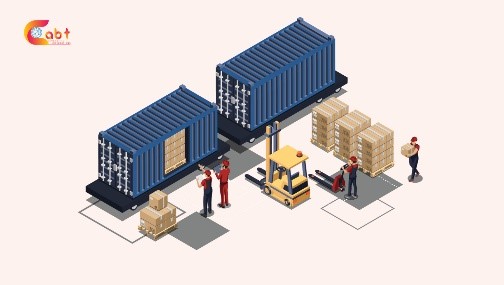How Warehousing Can Improve Your Bottom Line?

Warehousing is the process of storing an inventory or tangible goods in a warehouse before they are distributed or sold. Warehouses Solutions is a Distribution network that is safely and securely stored in an organized manner, that will make it easy to monitor the good’s locations, when the goods arrived, and the quantity.
Until they exceed the area, a small or young company may store their merchandise from home. At that point, the company will have to lease a warehouse, rent storage space, or outsource logistics to 3 PL services, which will then keep merchandise in their warehouses.
Importance of Warehousing
Any business that deals in tangible things must include warehousing in its supply chain. This may involve B2B enterprises holding goods intended for corporate clients or consumer businesses storing goods intended for retail consumers. Businesses can utilize warehouses to keep products in advantageous locations to cut down on delivery times and shipping costs. For example, if a brand wants to sell its product directly to consumers across the country, they want to store the goods in numerous regions. For retail enterprises, warehousing allows wholesale goods in large quantities that won’t fit in the physical store.
Warehousing Solutions fitting into E-commerce operations
When you make any online purchase, it delivers to your house. But first, it was kept in a warehouse before it got there. `Here’s how it’s made possible: Ecommerce is driving logistics to fulfill orders placed on websites and marketplaces at record speeds.
Storing Inventory

Storing Inventory is known as placing the specific goods in their proper locations. Every SKU have its storage in Ecommerce Warehousing Storage and warehousing make it possible to-
1. Comparing the actual number of units in stock to the stated number of units
2. Determine the precise position of any inventory item.
3. Knowing precisely which items are affected and where they are can help you respond to product recalls expired goods and damaged inventory.
4. Send out the oldest stock first, then anything that was just received.
Shipping and Receiving

Inventory is delivered by shippers to a warehouse, where it is stocked and organized to facilitate easy transportation and keep business operations operating smoothly. Knowing which items are arriving and how many units of each must be known to optimize warehousing operations and receive incoming inventory in a timely way.
Distribution centers

Big box businesses with both a physical and an online presence are more likely to employ distribution facilities. They work best for short-term storage up to the point of demand, when the goods are often transferred straight to wholesalers, retail locations, or consumers. Product movement in and out of distribution centers is accelerated by vehicles that are continually dropping off and picking up goods.
Returns

warehousing logistics include being ready for returns, especially when there is no alternative for in-store returns. Each returned item must be able to be accepted, evaluated, and processed by warehousing operations. You may even try to make it as easy as possible for consumers by offering them pre-paid return labels, sharing return tracking and refund information, and more.
Bottom Line
If you want to manage your warehousing solution, CABT Logistics has a great (WMS) warehouse management system for companies with their warehouses that want assistance with decreasing picking, packaging, and shipping mistakes, growing easily and monitoring inventory in real-time.
Warehousing affects every business that sells goods, choosing the right Logistic service provider can help to save money, drive efficiencies and meet customer demand. Working with a 3PL service provider is common for e-commerce businesses that don’t want to handle the warehouses on their own
Resources
- Blogs
- Support
- Latest News
Contact No
- +91 124 420 7727
Address
CABT (Creativity At Best Technologies)
3rd floor, Universal Trade Tower, Unit no 327, Badshahpur Sohna Rd Hwy, Sector 49, Gurugram, Haryana 122018
Office Address
©2022 CABT Logistics. All Rights Reserved.

